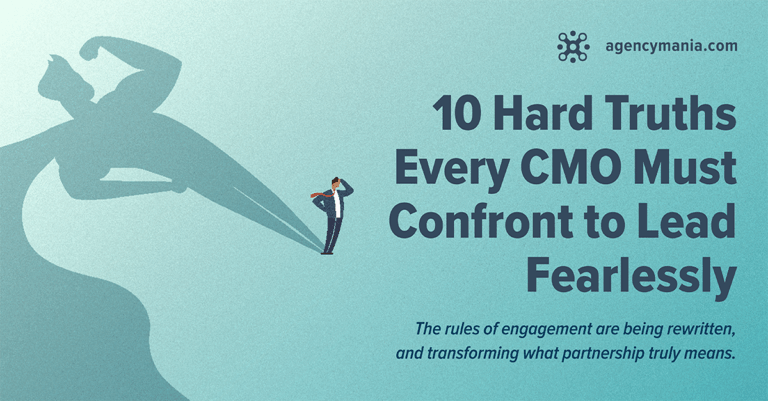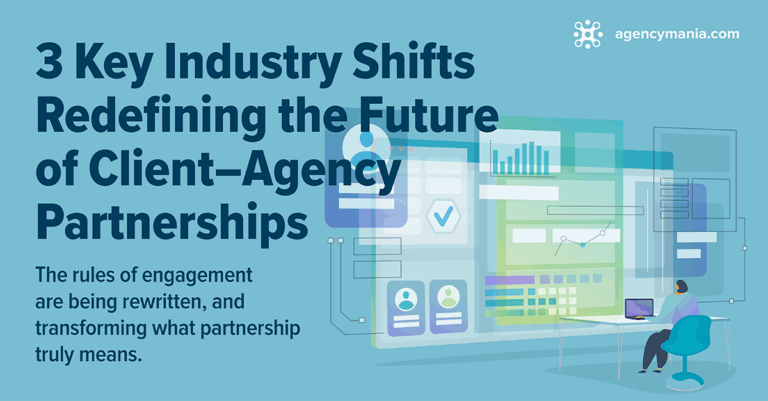How voice required new skills and agency competencies, and what brand advertisers are doing to take advantage of those
By: Bruno Gralpois
Author/Speaker, Thought-provocateur, Client/Agency Guru, Entrepreneur, Innovator
Download a print-friendly version here
If you have Amazon Echo (aka Alexa), Google Home or Apple’s HomePod at home, go ahead and ask them: “Should we have a voice marketing agency of record on our roster?” The answer is likely to sound like: “Sorry, I don’t know that.” I should know. I tried it. In fact, no one seems to know, not even these smart voice assistants. Yet the battle for voice supremacy through voice-first devices is well under way with two of the largest digital players – Amazon and Google leading the pack, followed by Apple, Microsoft, and Samsung, and will undeniably impact advertising budgets and therefore the agency industry. If you are still doubtful, then think again. It’s matter of time (if it hasn’t already happened) until someone asks: “How is our agency model supporting our voice marketing ambitions?” Let’s explore the voice interface phenomenon and where emerging opportunities lie for advertisers.
Alexa Lost her Voice but Sure Gained Our Attention
Amazon’s recent Super Bowl commercial, “Alexa Loses her Voice,” to promote its Alexa voice assistant got everyone’s attention. It won USA Today’s annual Super Bowl Ad Meter. Produced by Lucky Generals and D1, Amazon’s own internal shop, the entertaining ad featured numerous celebrities and yet, despite the word “Alexa” being mentioned 10 times during the spot, the ad was successfully altered to avoid your own device from waking up during the ad. Voice is not only gaining people’s attention and rapidly taking over every corner of our rooms at home and on the go, it’s also grabbing advertising budgets. Amazon, which is nearing $800 billion in value, is making a noticeable push in advertising products, hoping to grab a piece of the lucrative digital advertising business currently dominated by Google and Facebook. Estimated to be a $18.3 billion opportunity by 2023, voice receives much interest. We must first start by understanding the role voice is playing in the marketing mix.
“Hey Google”: The Rise of Voice in Marketing
Some estimate that there were over 30 million voice-first devices being used in the US by the end of 2017, and that a large percentage of searches will be done without a screen in years to come, leaving it to AI-based voice assistants to help narrow the results for you. In 2018, 69 million people in the US are expected to use voice-enabled digital assistants at least monthly, and 42 million Americans listen to podcasts weekly. Voice is expected to account for over half of all mobile searches by 2020, and we expect over 75% of homes to be voice activated by then. People can speak 125 to 175 words per minute, compared to being able to type 38-40 words per minute on a keyboard. Just do the math.
The voice marketing opportunity is clearly larger than search or voice-search shopping alone. It ranges from customer support to voice shopping (like the partnership between Google and Walmart through Google Assistant, or simply by asking, “Alexa, shop for xyz…”) and a lot more. There are also voice-only sponsorships and branded engagements with voice applications (also known as “skills” on Alexa or “actions” on Google Home and Google Assistant) that enhance the user experience and enable consumers to do more with a brand. About 4,000 products have Alexa and 1,500 have Google assistant integrated into various devices. As the proliferation and adoption of these voice devices (and voice assistants on existing home and personal devices like refrigerators, phones, televisions, mirrors, car dashboards, etc.) rapidly increase, value-add voice advertising and brand experiences increase exponentially. Yet, brand building and media buying in a voice-first world will contribute to new ad formats and content opportunities.
No advertiser, publisher, or media company can really afford to miss the boat. Voice is the new medium. We will soon be having conversations with intelligent bots, and a brand’s audio persona will either improve our brand experience or deteriorate it. But “voice” must be thought of as another connected vehicle or channel, vs. a standalone one, so the brand experience is fully integrated and consistent across the mix.
Incorporated into your existing Agency Strategy
Some brands appoint an agency of record for their voice marketing efforts. That was the case for financial services leader JPMorgan Chase which selected VaynerMedia as its AOR to develop voice applications. As brand advertisers evolve their approach and agency model to build their voice marketing capability, they should consider following these steps:

- Articulate voice-marketing strategy and identify requirements: Figure out where voice experience can enhance the customer brand experience, whether with search, or making it easier to complete some tasks like purchasing, and what it will require to seamlessly bring it to life.
- Assess existing roster voice-capabilities: Inquire among your existing agency roster, especially digital agencies, about their experience in voice marketing and ask for examples of recent projects to see if they can meet your requirements.
- Search and evaluate voice-service agency resources: If existing agencies are not adequately skilled to meet your needs, look outside of your roster, review what expert agency resources are available or certified. Filter those based on your specific search criteria and reach out to a few select agencies to learn more about their competencies.
- Incorporate new agency talent into existing workflow and integrated campaign processes: Voice shouldn’t be handled as a stand-alone, isolated channel or vehicle. Map out how these resources will interact with existing campaign processes for optimal synergies, from user experience to campaign analytics.
- Evaluate their performance as part of your regular agency assessment process: Evaluate how well these expert resources perform and collaborate with other agencies to allow for coursecorrection and ongoing improvements.
And if you are expecting, please don’t name your daughter Alexa. She would never forgive you.
Specialized resources on the rise
As is often true with new technology offerings, to build voicefirst solutions requires a combination of unique skills and expertise in AI, UX, information and conversational design, software development, and analytics. Amazon and Google offer training resources, guides, forums, and tools like test simulators and development kits to companies interested in developing skills or actions – smart home, games & trivia, video, custom interaction, and skills for the workspace. For brands looking to outsource this work, Amazon has a list of approximately 35 experienced agencies like Accenture, AKQA, Isobar, RAIN, Mindshare, VoiceXP, and others. Google’s Developers Agency Program has its own list of “certified” agencies, some of which overlap with Amazon’s program, as one might expect. Why develop for only one player? Their goal is to equip agencies with everything they need to develop quality solutions that create long-term consumer engagement.
You had me at “hello.”
If voice is all about interaction with technology enhanced by the cloud, including easy access to information, content delivery, smart home, communication search, and shopping, Amazon and Google are not likely to slow down their efforts to hold a prominent share of this new emerging category as we saw at CES 2018. There is much noise about voice marketing in the marketplace currently, confusion about how voice fits and how to approach it is likely to remain a constant. A voice marketing agency of record, or one of your roster agencies with the right skills and expertise, can position a brand advertiser to lead in this category. So, go beyond the noise, and make sure to seize these new voice opportunities with a clear agency model.







